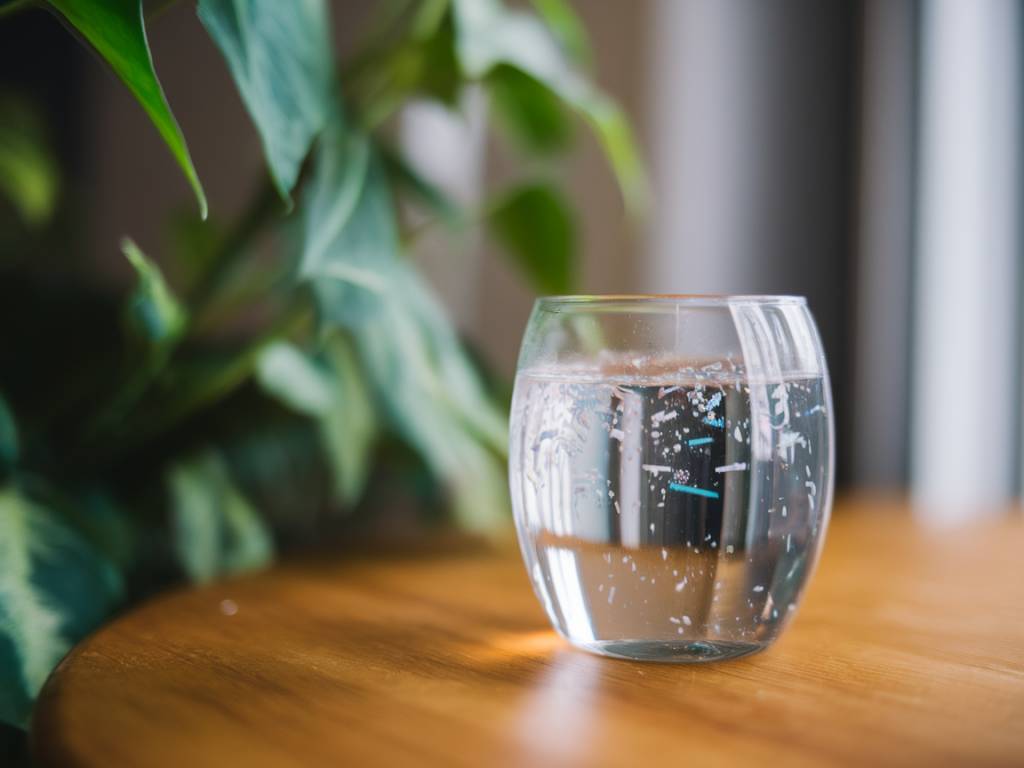Understanding Radiation Shielding Glass
Radiation shielding glass is an essential component in environments where protection against ionizing radiation is required. It is commonly used in medical and industrial settings, such as X-ray rooms, nuclear facilities, and laboratories. This specialized glass contains lead or other heavy metals that help absorb and block harmful radiation, ensuring the safety of personnel and patients.
Proper installation and maintenance are crucial to maximizing the performance and longevity of radiation shielding glass. If not handled correctly, the effectiveness of the glass can be compromised, leading to potential health risks. Below, we will discuss the key installation procedures and maintenance tips to ensure optimal performance.
Key Considerations for Installing Radiation Shielding Glass
Correct installation of radiation shielding glass is vital to maintaining its integrity and ensuring full radiation protection. Here are the key factors to consider when installing this specialized glass:
- Evaluate the Installation Area: Before installation, assess the space where the glass will be placed. Ensure that the surrounding walls, doors, and frames also provide the required level of radiation shielding.
- Use the Right Frame: The frame that holds the radiation shielding glass should also contain lead or another radiation-absorbing material. A non-shielded frame can create weak spots that allow radiation to pass through.
- Handle with Care: Due to the high lead content, radiation shielding glass is heavier and more fragile than standard glass. It’s essential to use proper lifting and handling techniques to prevent cracking or breakage.
- Seal Any Gaps: Even small gaps between the glass and frame can compromise radiation protection. Use lead-lined gaskets or shielding putty to ensure a complete seal.
- Check Alignment: Proper alignment is crucial to avoid unexpected radiation leaks. Ensure that the glass is correctly positioned within the frame and secured firmly in place.
- Follow Manufacturer Guidelines: Different manufacturers may have specific requirements for handling and installing radiation shielding glass. Always refer to their guidelines to avoid any mistakes.
Common Installation Mistakes to Avoid
Even minor errors during installation can reduce the effectiveness of radiation shielding glass. Here are some common mistakes to watch out for:
- Using Non-Shielding Materials: Some installers may mistakenly use regular window frames, which do not provide adequate protection against radiation.
- Incorrect Glass Thickness: The thickness of the glass depends on the radiation intensity in the area. Before ordering, consult with a radiation protection expert to select the right thickness.
- Improper Sealing: Without proper sealing around the edges, radiation can escape, rendering the glass ineffective.
- Forgetting to Conduct Final Inspections: Once installed, it's essential to have professionals inspect the shielding efficiency to detect any potential flaws in the installation.
Maintenance Tips for Radiation Shielding Glass
Routine maintenance is necessary to keep radiation shielding glass in optimal condition. Over time, dust, scratches, and external damage can compromise its protective properties. Follow these maintenance tips to ensure longevity:
- Regular Cleaning: Use a soft, lint-free cloth for cleaning to prevent scratching the glass. Avoid abrasive cleaners that might damage the leaded surface.
- Use Non-Corrosive Cleaning Solutions: Chemical cleaners with strong solvents can degrade the protective coating of radiation shielding glass. Instead, opt for mild soapy water or a cleaner recommended by the manufacturer.
- Inspect for Cracks or Chips: Even minor defects in the glass can affect its radiation-blocking ability. If you notice any cracks, replace the glass immediately to maintain protection standards.
- Check the Seals and Frames: Over time, seals and gaskets can deteriorate, leading to potential radiation leaks. Ensure that the seals remain intact and replace them when necessary.
- Monitor for Discoloration: With prolonged exposure to radiation and environmental factors, radiation shielding glass can develop a yellowish tint. If discoloration occurs, consider replacing the glass to maintain visibility and protection.
- Maintain the Surrounding Shielding: The effectiveness of radiation shielding glass depends on the integrity of the entire radiation-proof setup. Inspect surrounding walls, ceilings, and doors for any leaks or damage.
When to Replace Radiation Shielding Glass
Despite proper maintenance, radiation shielding glass eventually needs replacement. Recognizing the signs of wear and damage can prevent radiation leaks and ensure continuous protection. Here are indicators that your glass needs to be replaced:
- Visible Damage: Large cracks, deep scratches, or visible fractures indicate that the structural integrity of the glass is compromised.
- Reduced Clarity: If the glass becomes excessively cloudy or yellowed, visibility might be affected, hindering medical or laboratory procedures.
- Failed Radiation Testing: Regular radiation testing should be conducted to verify that the shielding properties still meet required standards. Failing these tests means immediate replacement is necessary.
- Compromised Seals: If the sealing around the edges is deteriorating or separating from the frame, a replacement is needed to prevent radiation leakage.
For high-quality radiation shielding glass, it is essential to purchase from a reputable supplier that provides certified materials. Working with an established company ensures compliance with industry standards and regulations.
Ensuring Long-Term Radiation Protection
Radiation shielding glass is a crucial element in radiation-protected environments, significantly reducing exposure risks. Ensuring proper installation and consistent maintenance will help keep the glass effective for years. Whether in hospitals, laboratories, or industrial facilities, preserving the integrity of shielding glass contributes to a safer environment for all personnel.
By selecting high-quality materials, following proper installation procedures, and conducting regular maintenance, you can maximize the lifespan and efficiency of your radiation shielding glass, ensuring continued protection from harmful radiation exposure.



